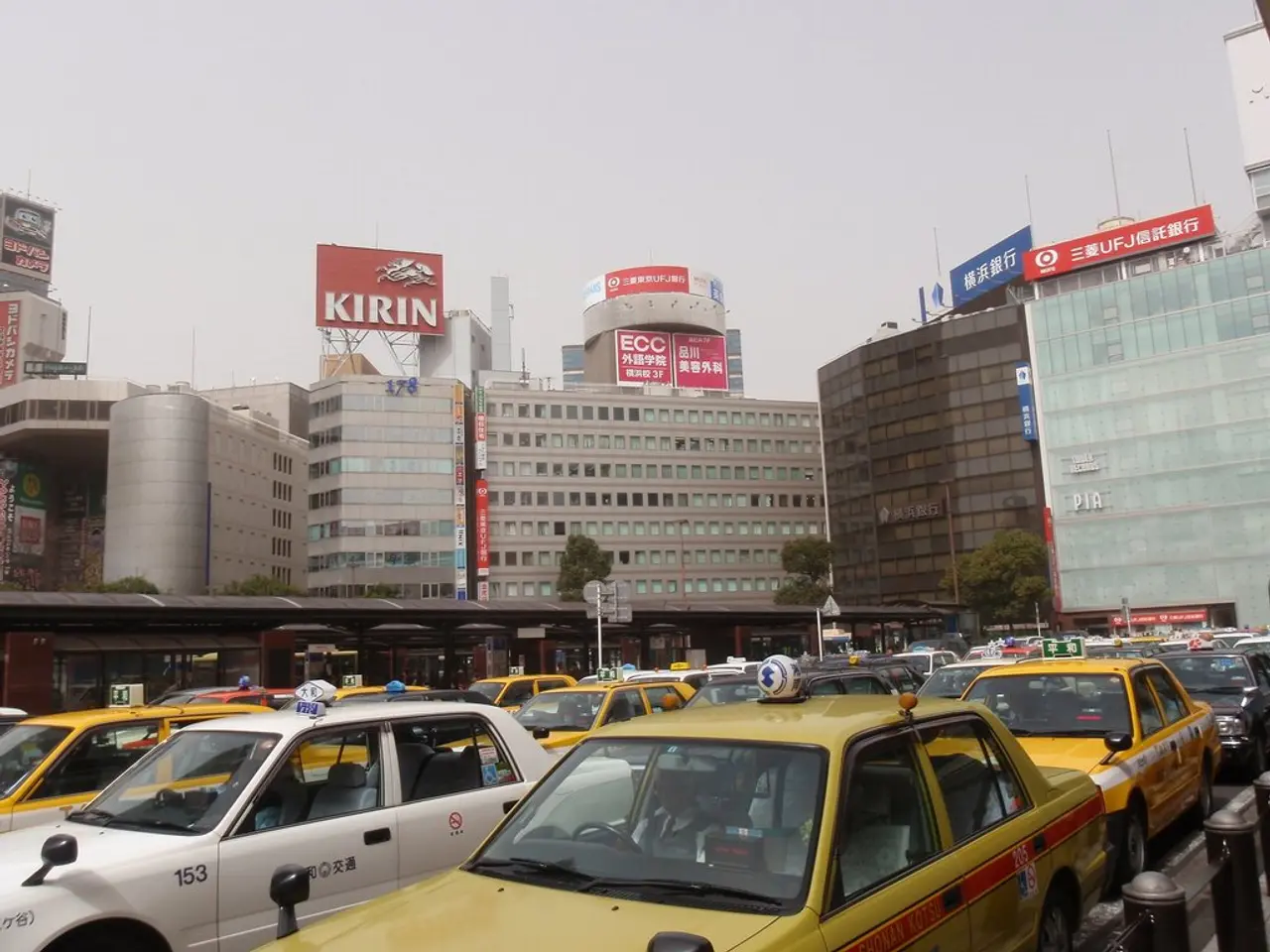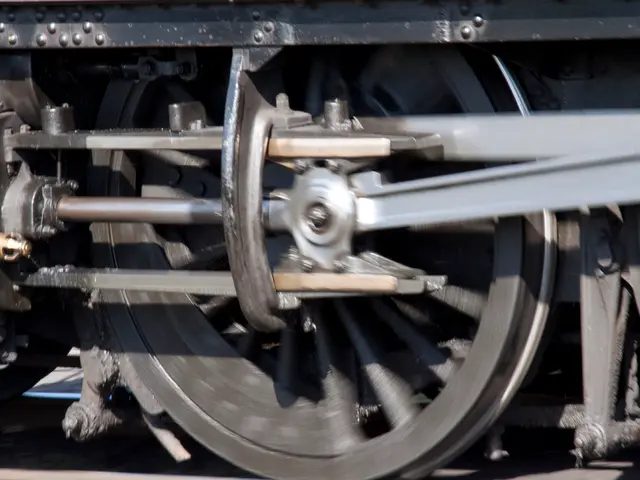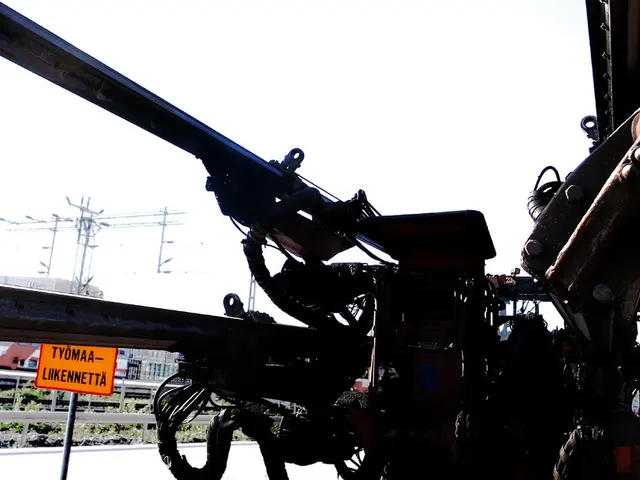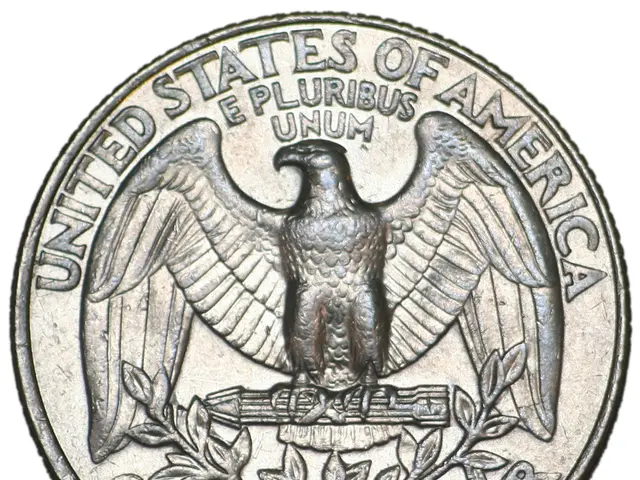Texas public transportation faces a critical juncture as the state's population experiences significant growth
North Texas is taking significant steps to improve the funding, cooperation, and efficiency of its public transportation systems, aiming to address the growing population and roadway congestion.
Proposed Strategies
The Texas Department of Transportation (TxDOT) has unveiled a comprehensive 10-year plan, investing $146 billion in local roads and major congestion relief projects. This plan includes substantial investments in public transit, rail, and pedestrian connectivity. The strategy aims to alleviate congestion and improve traffic flow by targeting high-traffic areas.
The North Central Texas Council of Governments (NCTCOG) is actively seeking public input on initiatives like funding for the Amtrak Heartland Flyer service between Fort Worth and Oklahoma City. NCTCOG’s leadership in smart corridor development and regional transit innovation demonstrates the value of coordinated planning and collaboration with local governments and agencies.
Smart Corridor projects, such as those on East Lancaster Avenue in Fort Worth and the Dallas S.M. Wright Smart Corridor, enhance multimodal transportation options by incorporating smart city technologies to improve traffic management and efficiency.
Innovative transit solutions, like DART’s GoLink On-Demand service and the expansion of commuter rail services, improve connectivity and rider experience. Efforts are also underway to secure long-term state funding for services like the Heartland Flyer, emphasizing the importance of sustained investment in public transportation infrastructure.
Key Focus Areas
The strategies focus on infrastructure development, public transit enhancements, technological integration, and community engagement. The goal is to expand and maintain roadways, improve high-traffic areas, enhance rail services, improve bus connectivity, implement smart city technologies, encourage public input in planning and decision-making processes, and make regional transit more accessible for a rapidly expanding population.
Challenges and Solutions
Aging infrastructure, such as Interstate 345 in Dallas, is costing the state more and more to maintain. To address this, efforts are being made to secure long-term funding solutions.
The need for an overarching regional approach that still incorporates local priorities has been emphasized by Mike Schneider, partner at consulting firm InfraStrategies. Public transit can offer alternatives to decrease roadway congestion and reduce demands on Texas' highway system. However, for transit to help alleviate roadway pressure, it must be competitive with driving for many Texans.
Denton County Transit Authority (DCTA) has seen growth in ridership by investing in data about where to deploy different kinds of resources. Expanding services that connect North Texas residents across cities, like the planned A-train improvements in 2027, is central to leveraging the full power of transit.
Roadway maintenance and expansion is key due to growing population needs. However, reconstruction projects are increasingly expensive due to inflationary costs of building materials and labor.
Looking Ahead
The rapid population growth in the Dallas-Fort Worth area, expected to reach 12 million by 2050, necessitates these strategic changes. TxDOT's 2050 long-range transportation plan shows available funds will fall short of what's required to combat increasing congestion.
Transit 2.0, a study examining transportation investment, is exploring methods for increasing cooperation, funding, and efficiency of transit as demand outstrips current roadway capacity. DART CEO Nadine Lee stated that such developments can generate more property tax and sales tax revenue for cities.
Regional cooperation will be essential to moving Texas forward due to rapid population growth and questions about the future of Dallas Area Rapid Transit. TxDOT executive director Brian Barth suggested that the $100 million Unified Transportation Program (UTP) for a 10-year period needs to be doubled to $200 million.
The increasing interest in people riding the system due to development around rail stations, as seen in Grapevine between 2020 and 2023, demonstrates the potential economic benefits of improved public transportation.
In conclusion, these strategic initiatives aim to transform the public transportation landscape in North Texas, making it more efficient, accessible, and competitive. By addressing the growing population and congestion challenges, these strategies hope to create a more connected, sustainable, and prosperous region for all its residents.
Read also:
- Unchecked Management of HP Dams Leads to Environmental Disaster: RTI Reveals
- Impact of Trump's Enforced Russia Sanctions Could Compel Putin's Decision-Making
- Nordstrom taps prominent New York residents for their second advertising campaign in the city.
- Harnessing Magnetism's Potential: Revolutionizing Energy Production for a World Transformed







